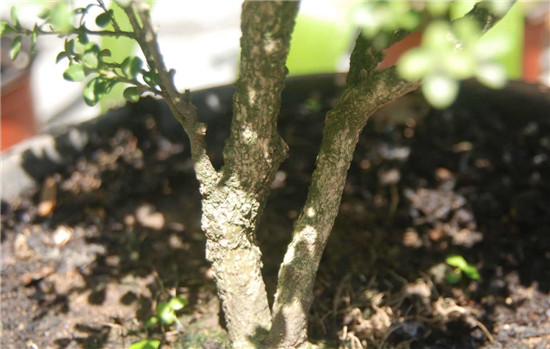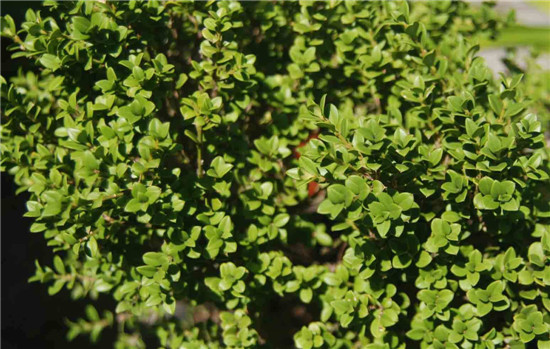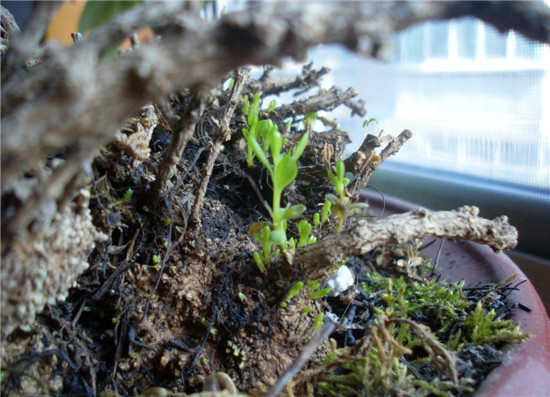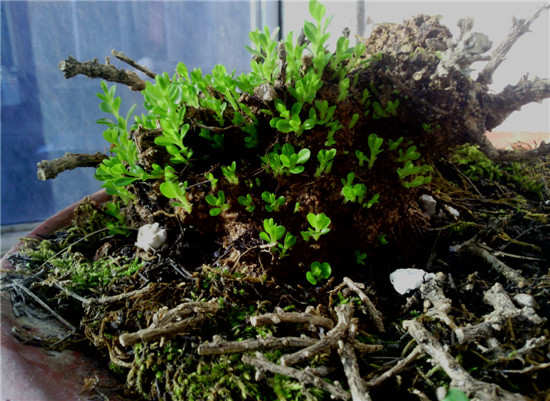Management of Populus tomentosa potted plants maintenance of Populus tomentosa potted plants
Populus tomentosa, also known as Populus tomentosa, belongs to the evergreen shrub of Populus tomentosa family. Sex likes cool and humid climate, mostly born at the top of high mountains. Let's learn about the maintenance and management of Pearl boxwood.

Populus tomentosa is a typical alpine evergreen tree species with fine and solid wood, bright leathery leaves, slow growth and low water consumption. Cold tolerance, drought tolerance and shade-loving are its most remarkable characteristics.
Years of investigation and practical experience have proved that the main reason why wild pearl yellow poplar is difficult to survive after going down the mountain is the sudden change of its special living environment.
Like other life forms, Populus tomentosa has formed its own unique growth inertia in its long ecological history. That is, in a specific natural environment, habits according to their own needs and ways, to regulate the adaptive function of the cell tissue, absorb external nutrients, in order to maintain its life growth. Changing this inertia can easily lead to poor growth or even death. The reason is almost the same as our common "altitude sickness" and "disobedience to soil and water".

Generally speaking, according to the tree age and the degree of root damage, the branches and leaves of wild Populus tomentosa will not change much in the months or even two or three years after transplanting, as long as they can be given proper water and careful care. The younger the tree is, the stronger the vitality of root cells is and the greater the possibility of survival is.
But even if it survives, it is often shown as slow turning green in spring, long dormant period, sparse and weak branches and leaves, and mostly in a stiff and immortal state. The older the tree is, the faster the root system shrinks. Although the nutrients in the trunk can still keep the leaves from immediately withering, it is difficult to change the fate of death. Occasionally new roots occur, we should pay attention to control water and appropriate light, in order to protect roots and strong roots, do not rush to fertilize.

Is Pearl boxwood easy to raise?
To raise it well, it must be "aware of its nature and reasonable", that is to say, it must be sprayed with foliar water two or three times a day, and if the weather is not dry, it can be sprayed less or not. Pearl boxwood is not resistant to pruning, of course, it can not be treated in the same way as elm pile and sparrow plum, but can only let nature take its course and take it with a brown rope if necessary.
Under normal circumstances, if you encounter a large basin for a small basin or a deep basin for a shallow basin, removing part of the roots will not affect survival, and the basin can be turned all the year round. The flower buds should be picked in time after the National Day every year, otherwise it will affect the germination of new buds in the following year, which is also an important part of domesticating pearl boxwood. Timely control of diseases and insect pests is also the key to the conservation of Populus tomentosa, which has a lot to do with the shrinking branches of Populus tomentosa.
Pruning of Populus tomentosa
Pearl boxwood has strong branching and there is the possibility of new buds sprouting everywhere. if it grows naturally and is not restrained, it is bound to affect the shape of the tree and reduce its ornamental value. Therefore, it should be pruned in time to maintain the graceful posture and proper proportion of the tree. But remember: pruning should be carried out after the plant enters the dormant period in autumn. Except for the newly germinated twigs, pruning in the middle of summer can easily lead to slight atrophy of the branches.

Heart-picking: for branches that grow too fast, in order to restrain their high growth and promote the development of lateral skills, the tender tips can be removed.
Removal of buds: for older plants, some bead-shaped buds are often produced on the branches or ends after August-September of each year. If there are too many buds, they should be picked off at any time and kept at the end of the branches to enjoy the flowers. This can avoid consuming too many nutrients and ensure the luxuriant branches and leaves of the plant.
Pruning: Pearl boxwood often produces new branches on the dry base. In order to maintain its beautiful appearance, attention should be paid to the proper removal. The way of trimming should be determined according to the shape of the tree. if it is a cloud shape, the branches should be trimmed into a flat shape. Generally speaking, withered branches, parallel branches and cross techniques that hinder beauty should be cut off.
These are all the contents of the management and maintenance of pearl boxwood potted plants that I have summarized for you. I hope this article can help you all. Please continue to follow us.
Related
- Wuhan Hospital Iron Tree Blooming Result Was Instantly Frightened by the Gardener Master
- Which variety of camellia is the most fragrant and best? Which one do you like best?
- What is the small blue coat, the breeding methods and matters needing attention of the succulent plant
- Dormancy time and maintenance management of succulent plants during dormancy
- Minas succulent how to raise, Minas succulent plant pictures
- What are the varieties of winter succulent plants
- How to raise succulent plants in twelve rolls? let's take a look at some experience of breeding twelve rolls.
- Attention should be paid to water control for succulent plants during dormant period (winter and summer)
- Watering experience of twelve rolls of succulent plants
- Techniques for fertilizing succulent plants. An article will let you know how to fertilize succulent plants.



